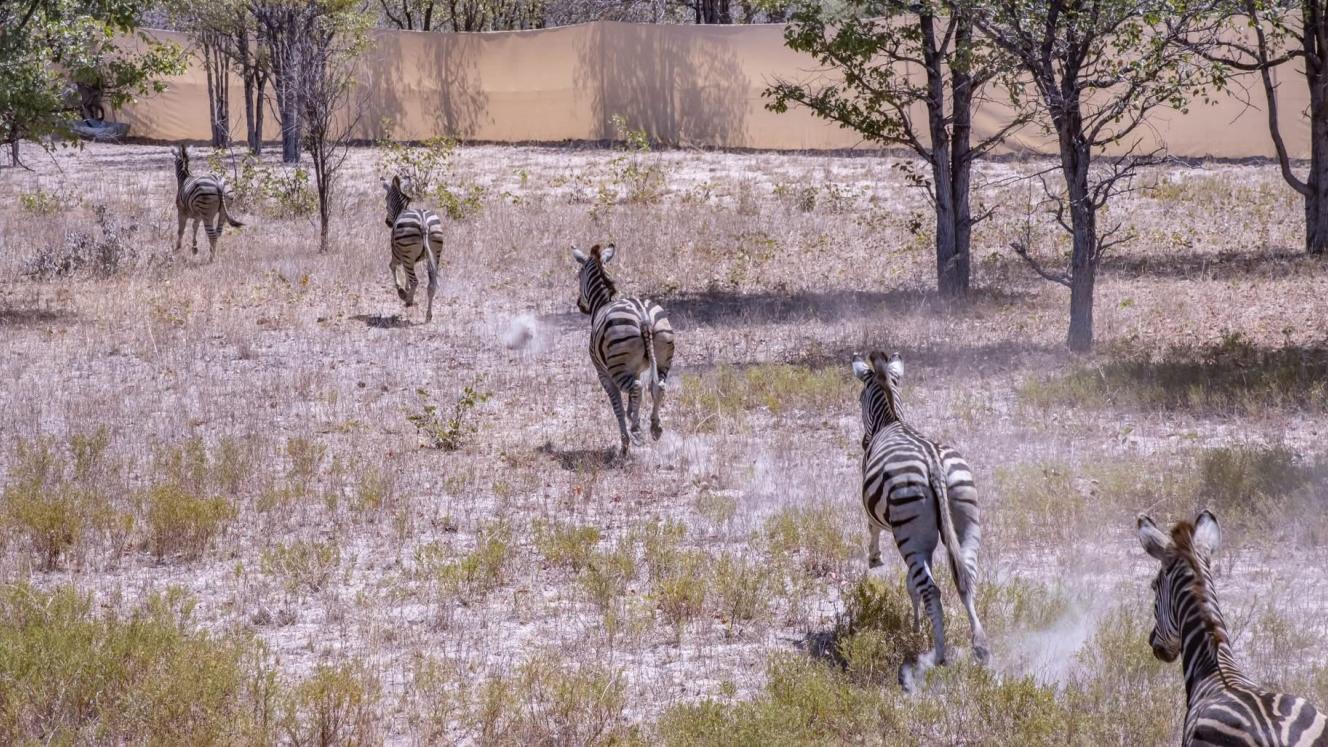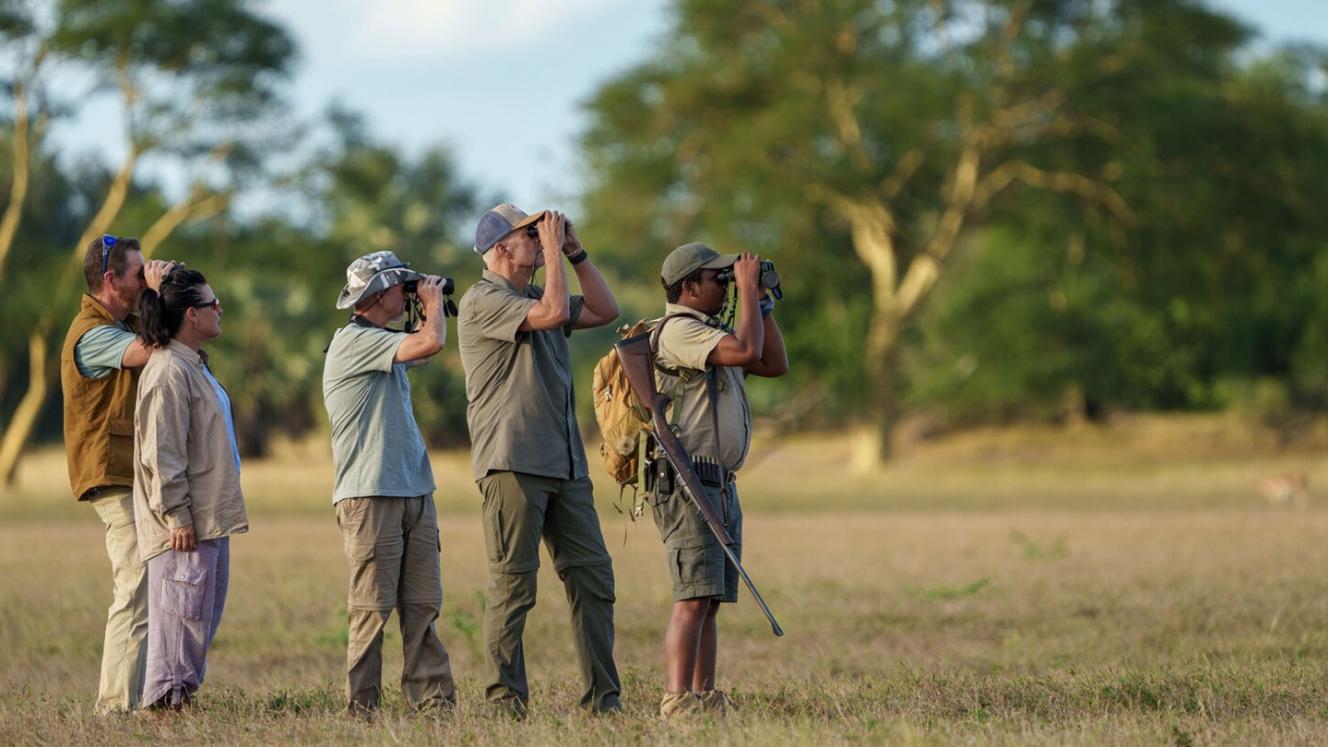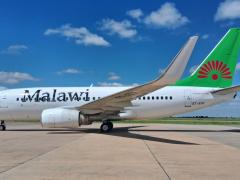Successful rewilding and eco-tourism development efforts in Mozambique’s Maputo National Park have allowed for the translocation of 385 animals to the country’s re-emerging Banhine National Park.
Both parks are operated under co-management agreements between the National Administration for Conservation Areas (ANAC) and Peace Parks Foundation.
Under a 15-year co-management agreement, Maputo National Park has become a thriving UNESCO World Heritage Site and eco-tourism destination with over 15 000 individual animals across species that include elephant, buffalo, zebra and various antelope.
This allowed for the translocation of wildebeest, zebra and waterbuck to a 6 000 hectare safe haven in Banhine – a 725 000 hectare park in the country’s Gaza Province. The operation was funded by the World Bank and BIOFUND under the Moz2Bio programme, which channels international investment into the restoration of wilderness areas.
“This is Mozambique’s achievement,” said Peace Parks CEO Werner Myburgh. “Led by ANAC and supported by communities, donors and partners, Peace Parks is honoured to stand alongside them. Restoring landscapes at this scale is only possible when everyone works together.”
Through Mozambique’s 20% revenue-sharing model, local residents will receive direct benefits from Banhine’s future tourism and conservation income.
Home to seasonal wetlands and savannah habitats, Banhine forms part of the Great Limpopo Transfrontier Conservation Area and acts as an ecological corridor between the Limpopo and Zinave national parks.
Peace Parks has invested over US$6 million in the park’s development since 2016, mainly spent on conservation, basic infrastructure, staffing and community development programmes.













